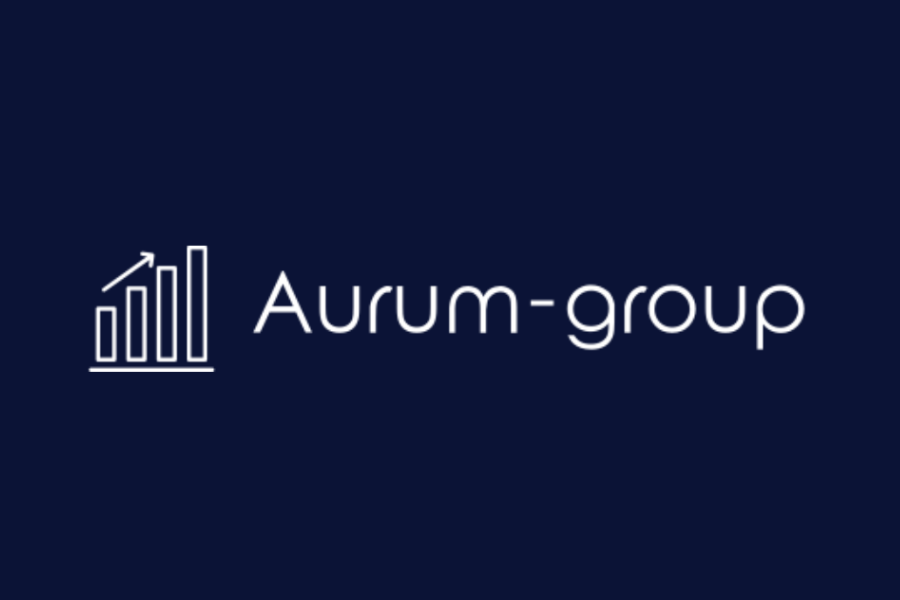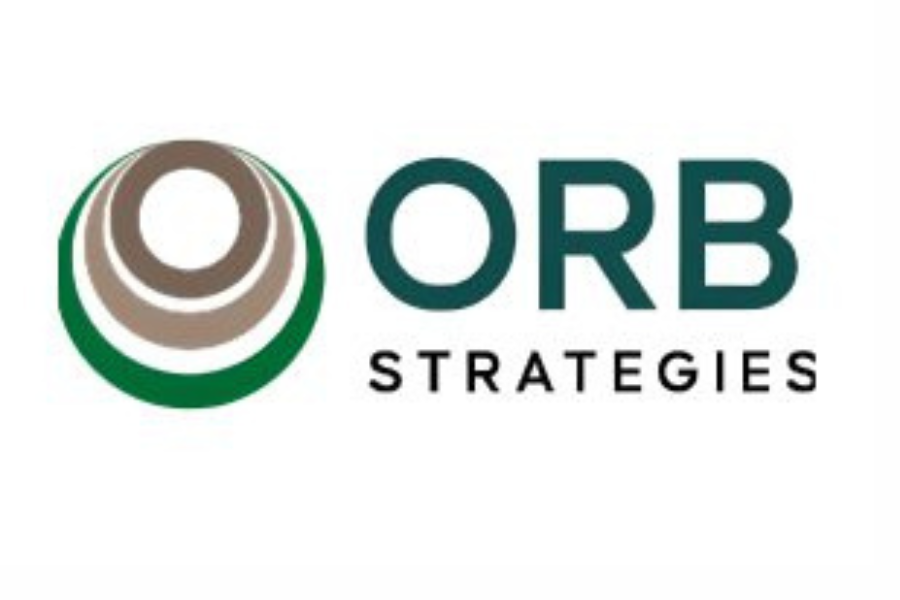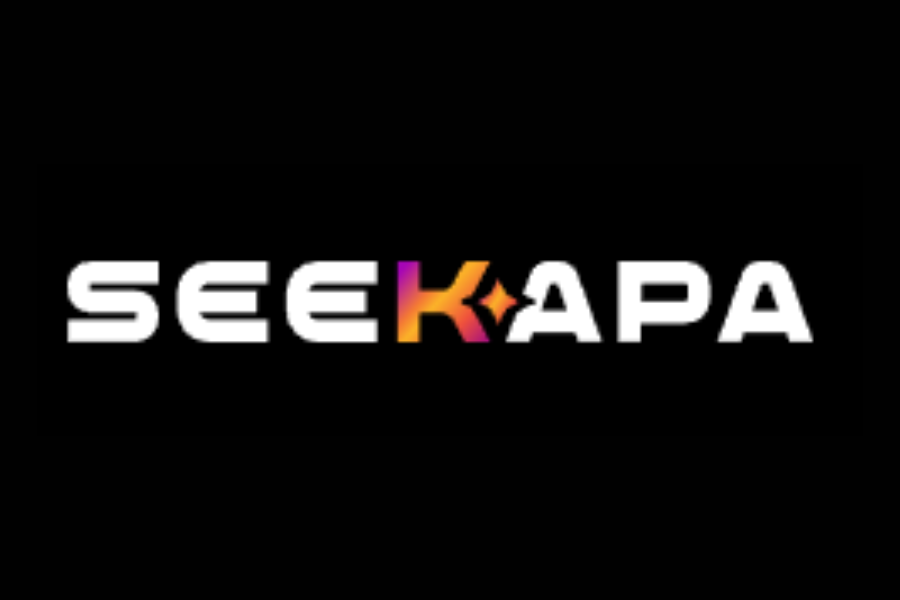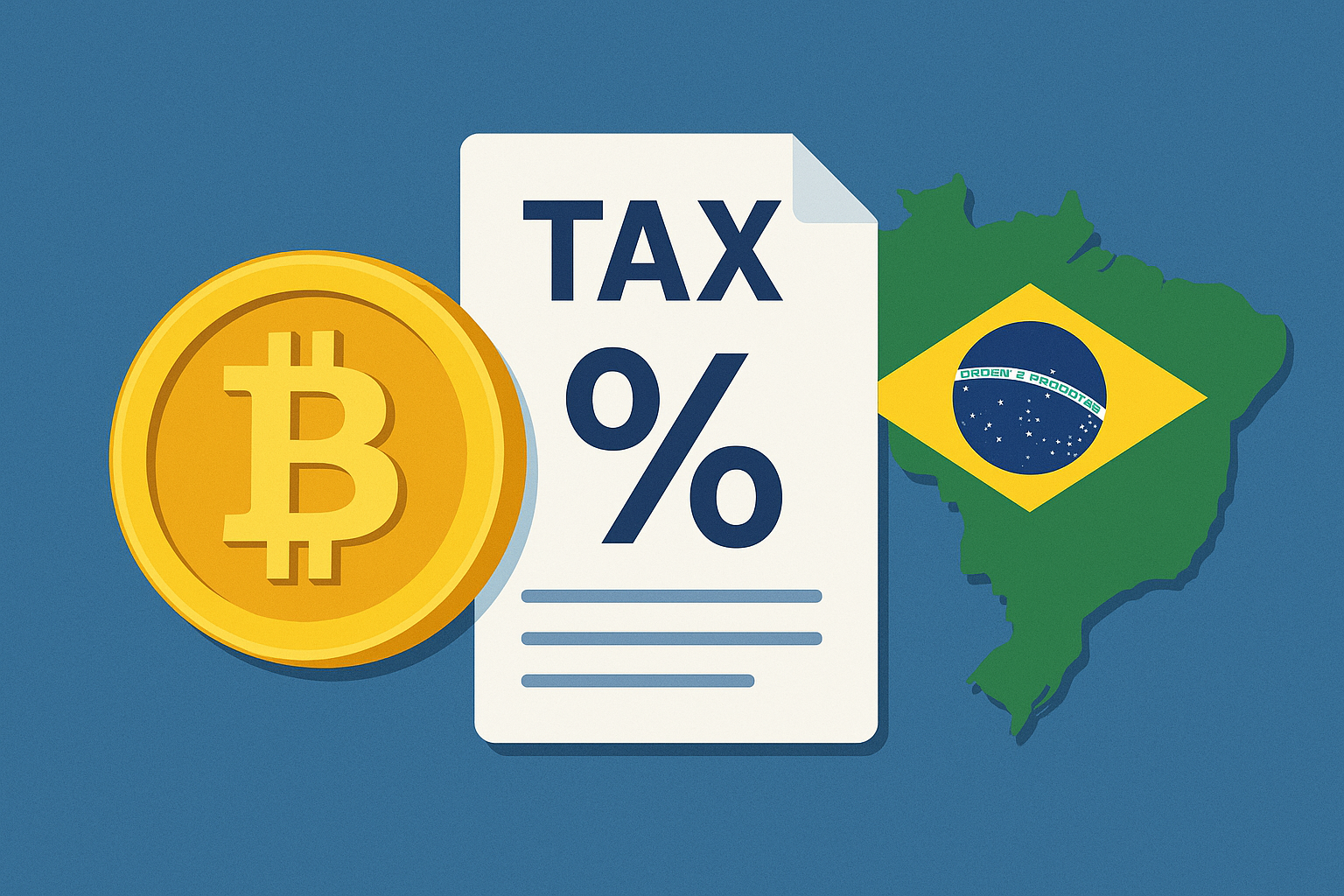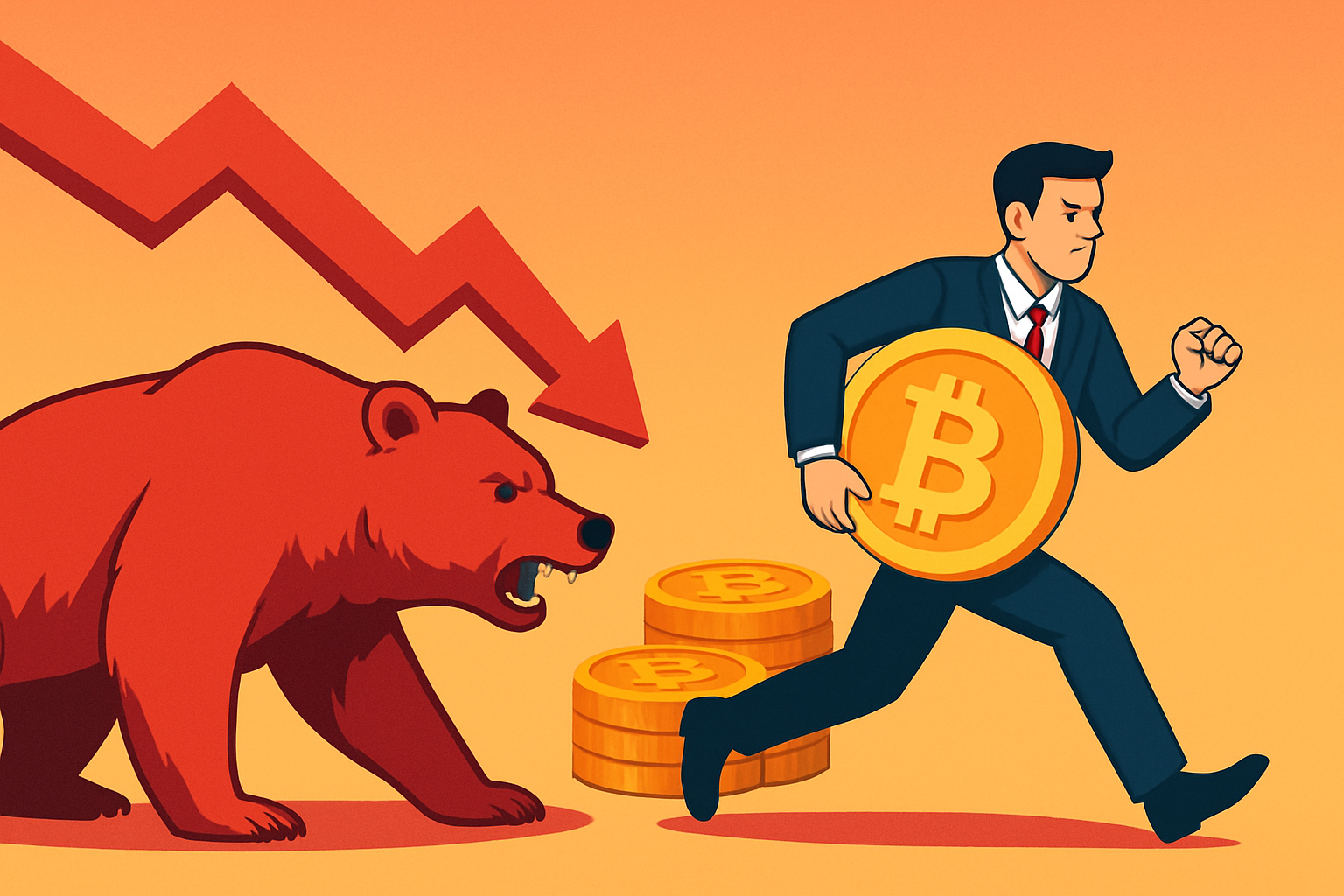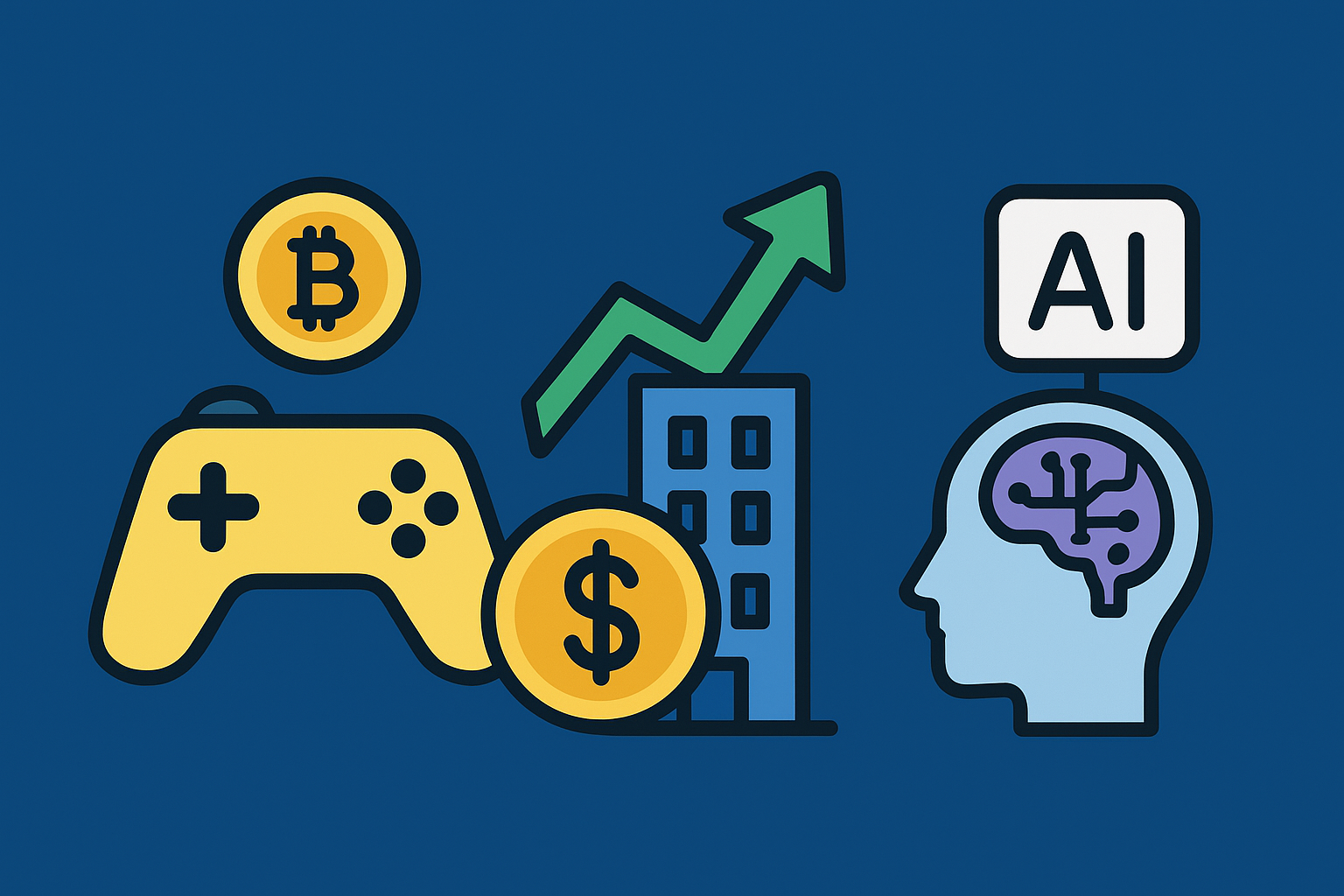Altcoin News
The Altcoin Renaissance

Altcoins, the diverse array of cryptocurrencies that exist alongside Bitcoin, have been on an exciting journey of development and innovation. These digital assets have established themselves as more than just alternatives to the original cryptocurrency; they serve various use cases and possess unique features that make them attractive to investors, developers, and enthusiasts. In this article, we’ll delve into the dynamic world of altcoins and explore some of the most notable trends and developments.
A Myriad of Use Cases:
Altcoins have expanded beyond the realm of digital cash. Some, like Ethereum, have introduced smart contracts and decentralized applications (dApps), allowing developers to build on their blockchains. Ethereum’s versatility has spurred the rise of decentralized finance (DeFi) platforms, which offer lending, borrowing, and trading services without the need for traditional intermediaries.
Privacy Coins and Anonymity:
Privacy-focused altcoins, such as Monero and Zcash, have gained attention due to their emphasis on enhancing user privacy and transaction anonymity. These coins employ advanced cryptographic techniques to obscure transaction details, offering users a higher degree of confidentiality.
Stablecoins and Asset Backing:
Stablecoins, like USDC and DAI, are altcoins pegged to the value of a stable asset, typically a fiat currency. These digital assets are instrumental for trading and hedging in the volatile cryptocurrency markets and have become a critical part of the DeFi ecosystem.
Governance and Community-Led Projects:
Altcoins like Cardano and Polkadot have introduced innovative governance models, where token holders can vote on network upgrades and changes. These governance tokens allow users to have a say in the project’s future development, making them active participants in the ecosystem.
Interoperability and Cross-Chain Solutions:
Projects focused on interoperability have emerged to address the issue of isolated blockchains. Altcoins like Cosmos and Chainlink aim to connect disparate blockchains and enable them to interact seamlessly. This enhances the overall utility and effectiveness of blockchain technology.
Scaling Solutions:
Scalability remains a pressing issue for blockchain networks. Altcoins are actively working on layer 2 solutions, such as Lightning Network for Bitcoin and Optimistic Rollups for Ethereum, to increase transaction throughput and reduce fees.
NFT and Tokenization:
Non-fungible tokens (NFTs) have become a prominent use case for altcoins like Binance Coin (BNB) and Flow. These tokens represent ownership of unique digital or physical assets, fueling the booming NFT market for art, collectibles, and digital content.
Environmental Considerations:
The environmental impact of cryptocurrency mining has driven the development of eco-friendly altcoins and consensus mechanisms. Altcoins like Cardano employ Proof of Stake (PoS) to reduce energy consumption, presenting a more sustainable alternative.
Institutional and Retail Adoption:
Altcoins are increasingly gaining the attention of both institutional investors and retail users. With established use cases and growing acceptance, many altcoins are considered viable investment options.
Challenges and Risks:
Despite the exciting developments, the altcoin space is not without its challenges. Regulatory scrutiny, market volatility, and competition are all potential risks that altcoins must navigate as they seek to solidify their positions in the cryptocurrency landscape.
In conclusion, the world of altcoins is evolving rapidly, offering a diverse array of features and use cases that extend far beyond the original purpose of Bitcoin. As these digital assets continue to mature and develop, they will play a significant role in shaping the future of the blockchain and cryptocurrency space. Investors and enthusiasts alike will be eager to see how these altcoins continue to innovate and contribute to the broader digital economy.




